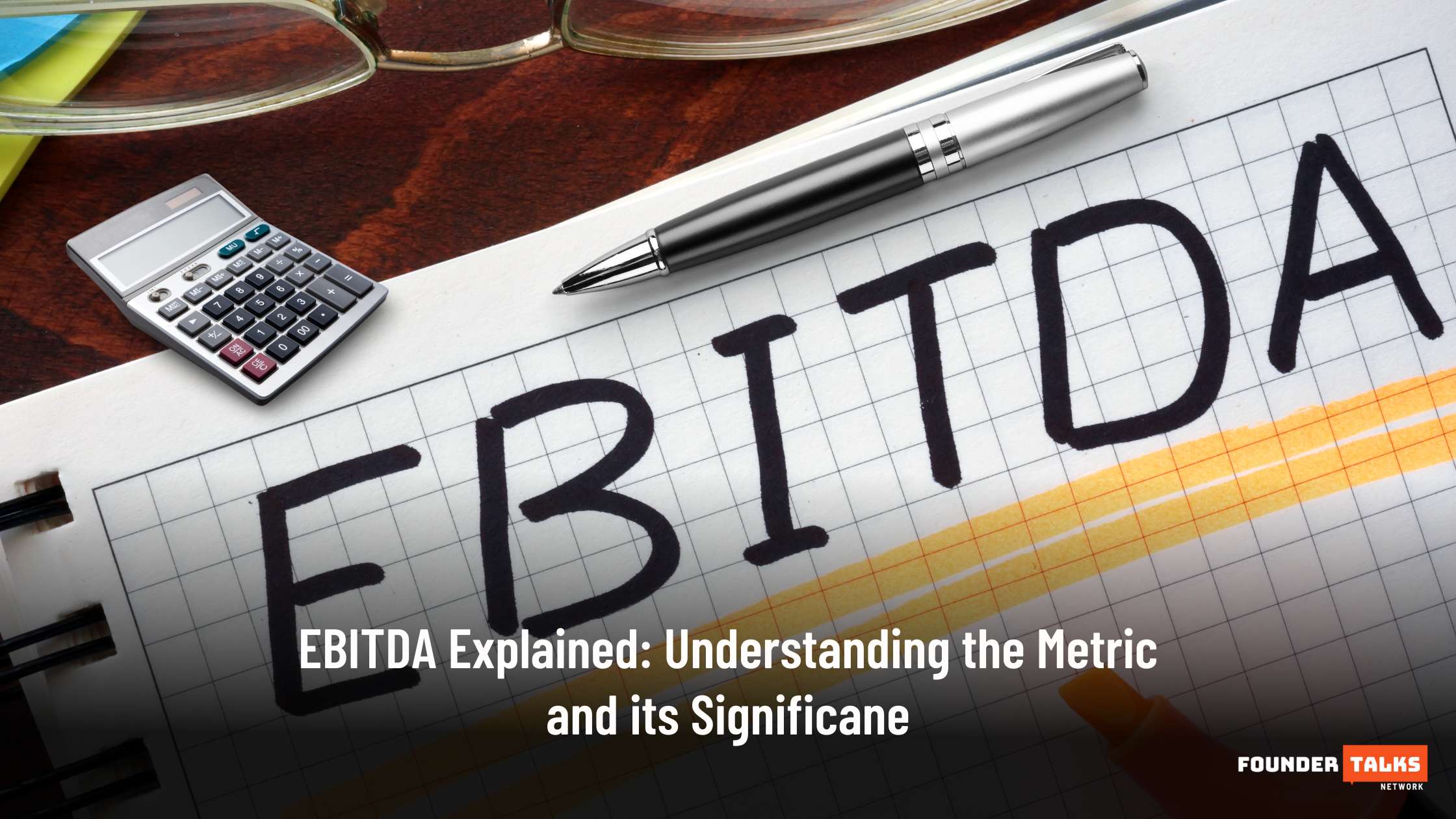In the dynamic landscape of the Indian market, financial metrics play a crucial role in evaluating a company’s performance. One such metric that has gained prominence is EBITDA—an acronym for Earnings Before Interest, Taxes, Depreciation, and Amortization. Let’s delve into what EBITDA means, how it is calculated, and its relevance in the Indian context.
What is EBITDA?
EBITDA represents a company’s operating profitability by excluding certain non-cash expenses and factors related to capital structure. Here’s what each component entails:
- Earnings (Net Income): EBITDA starts with a company’s net income, which reflects its total profit after accounting for all expenses, taxes, and interest payments.
- Interest Expense: Interest payments on debt are excluded from EBITDA. This exclusion allows for a fair comparison of companies with varying capital structures.
- Taxes: EBITDA adds back tax expenses. Taxes vary based on the region where a business operates and are not directly related to management performance.
- Depreciation and Amortization: These non-cash expenses represent the gradual reduction in value of tangible assets (depreciation) and intangible assets (amortization). By adding them back, EBITDA accounts for the cost of maintaining and sustaining capital assets.
Calculating EBITDA
In the Indian market, EBITDA serves as a useful metric for several reasons:
- Startups and Growth Companies: Many Indian startups and growth-stage companies focus on scaling their operations. EBITDA allows them to assess their core profitability without being overly influenced by financing decisions or tax implications.
- Capital-Intensive Sectors: Industries such as infrastructure, real estate, and manufacturing often involve significant capital expenditures. EBITDA helps evaluate their operational efficiency while considering depreciation and amortization.
- Comparing Companies: EBITDA enables apples-to-apples comparisons across companies, irrespective of their capital structures. Investors can assess performance without distortion caused by varying debt levels.
Case Study: XYZ Tech Startup
Let’s consider a fictional tech startup, XYZ, operating in India:
- Scenario:
- Net Income: $100,000
- Tax Expense: $20,000
- Interest Expense: $5,000
- Depreciation & Amortization: $15,000
- EBITDA Calculation:
- EBITDA = Net Income + Tax Expense + Interest Expense + Depreciation & Amortization
- EBITDA = $100,000 + $20,000 + $5,000 + $15,000 = $140,000
Criticisms and Considerations
While EBITDA provides insights, it has critics. Warren Buffett, for instance, dislikes EBITDA because it omits depreciation and capital costs. Analysts should use EBITDA alongside other metrics for a comprehensive assessment.
In summary, EBITDA helps Indian businesses gauge their operational health, especially in capital-intensive sectors. However, it’s essential to interpret it alongside other financial indicators.





